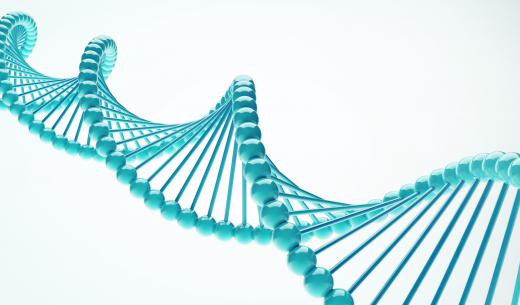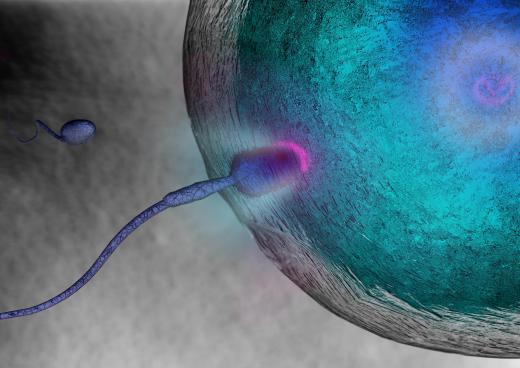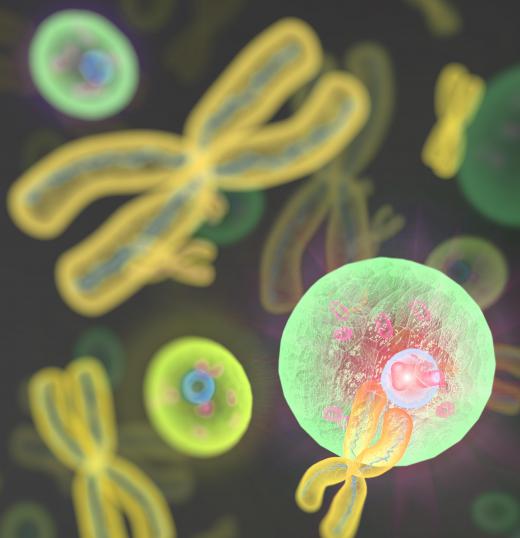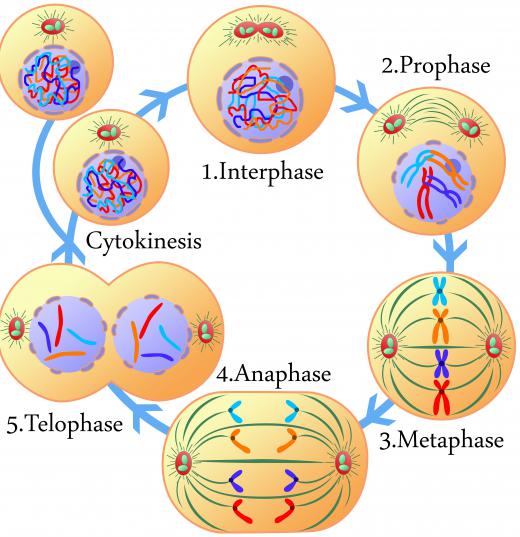What is a Chromatid?
Within the nucleus of each cell, the DNA for that organism is found as chromosomes. Depending on the type of organism, the number of different chromosomes will differ, but the structure of the chromosomes will not. Each chromosome is made up of two identical strands of DNA called chromatids.
Most of the time, chromosomes appear as very long, thin strands of DNA called chromatin. When a cell is not dividing, it is replicating its DNA so that each chromosome is made up of two sister chromatids that lie alongside each other. While they appear to run parallel to each other, there is a section where each chromatid is joined to the other, called the centromere.

Chromatids play an important role during cell division, both mitosis and meiosis. Mitosis is the duplication of the DNA and nucleus to produce two nuclei, resulting in two genetically identical daughter cells being produced from a single parent cell. Mitosis is used for growth and repair and replacement of cells. Meiosis only occurs in reproductive cells to produce sex cells or gametes that have half the amount of DNA as the parent cell.

During the initial stage of mitosis, the chromosomes condense, or become shorter and thicker. At this time, each chromatid pair can be seen when the nucleus is stained. The chromosomes line up across the "equator" of the cell and the chromatids are pulled apart. Each chromatid is pulled to opposite ends, or poles, of the cell so that a new nuclear membrane can form around them and then the cell can divide.

Once the cell has finished dividing, mitosis is complete. At this time, the chromatids are now the chromosomes of the new nucleus they inhabit. Prior to cell division occurring again, they replicate to ensure there are two identical copies of each chromosome.
During meiosis, a similar process occurs. The main difference between the two is that meiosis is made up of two mitotic divisions. During the first division, the chromosome pairs line up along the equator and separate. The resulting cells have only half as much DNA in them now, as they only have a single copy of each chromosome. All of the chromosomes are still completely intact and are made up of two sister chromatids.

The second division of meiosis is identical to mitosis. The chromosomes line up along the equator and the chromatids are pulled apart to separate poles of the cell. A new nucleus forms and the cell divides. The resultant cells are not genetically identical though, as they only have half as much DNA as the initial parent cell.
Genetic diversity can be increased further by the chromatids during meiosis. In the prophase stage of meiosis I, or the first division, a chromatid from one chromosome can cross over with a chromatid from a different chromosome. When the pairs of identical chromosomes, one from each parent, are lined up along the equator of the cell, the chromatids can twist around each other. Fragments from each chromatid can swap to the other chromosome, thus changing the genes found on the initial chromosome. By changing the genetic information on the chromosomes, non-identical daughter cells are formed, which can increase genetic diversity.
AS FEATURED ON:
AS FEATURED ON:














Discussion Comments
During my high school days, I remember learning about chromatids, as well as the process of meiosis and mitosis. With Biology not being one of my strong points, I struggled at first, but I eventually got the hang of it. I really enjoyed that class. Though it's too bad those concepts weren't covered in my college Biology class.
Post your comments